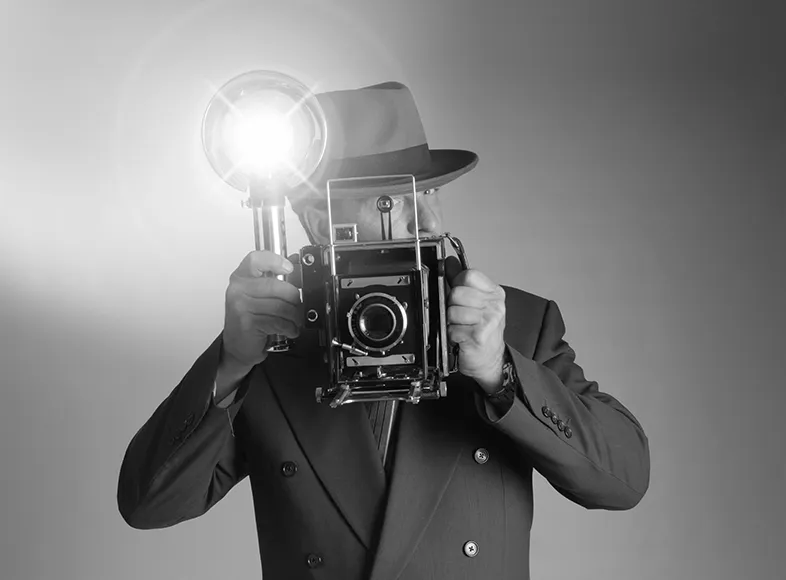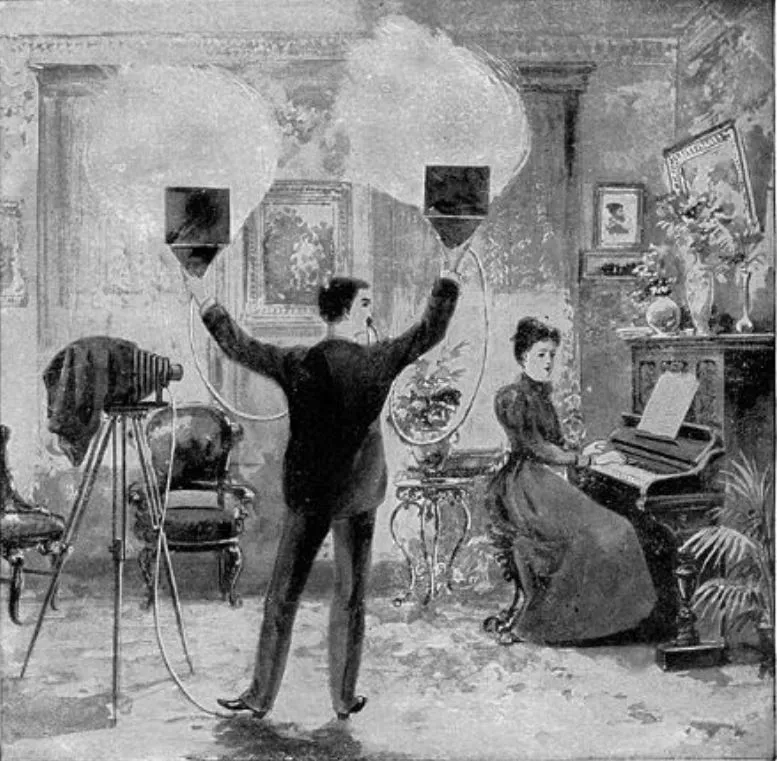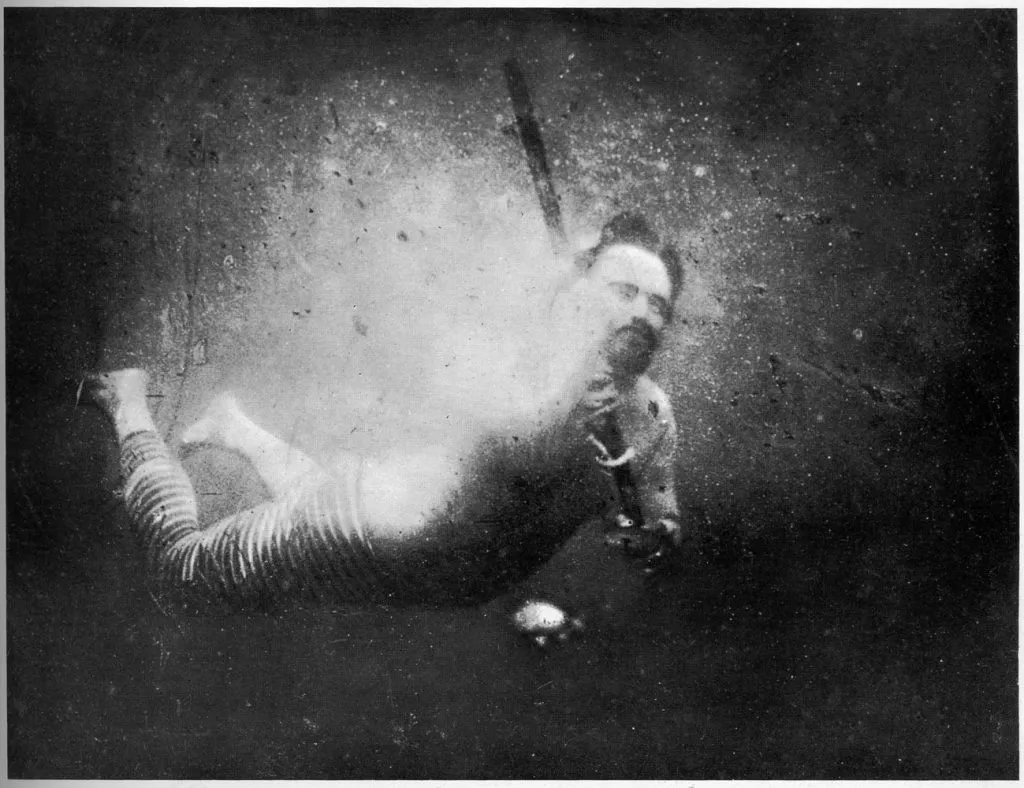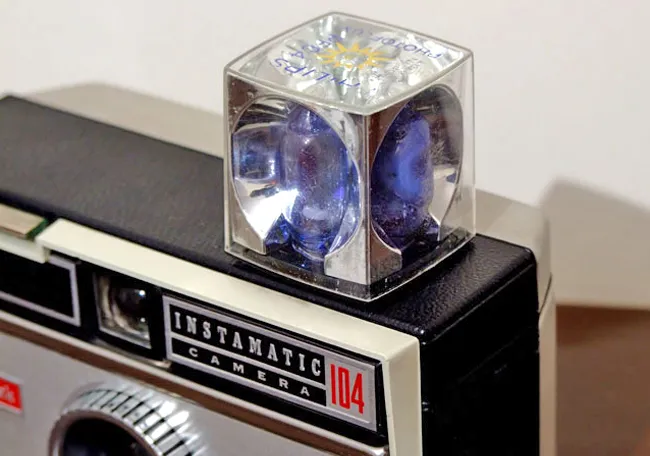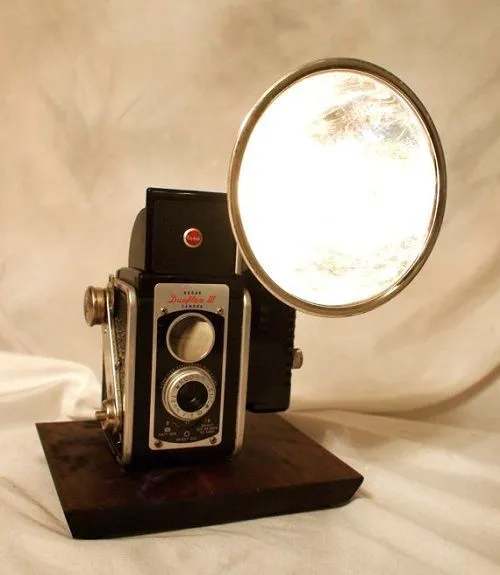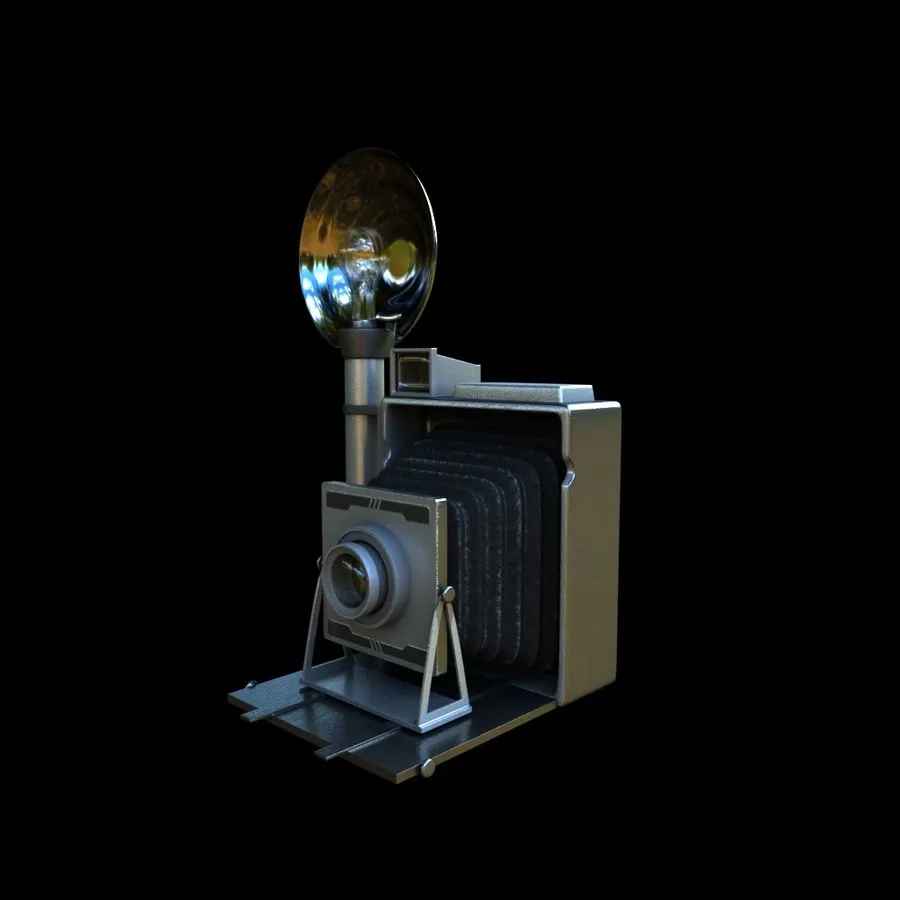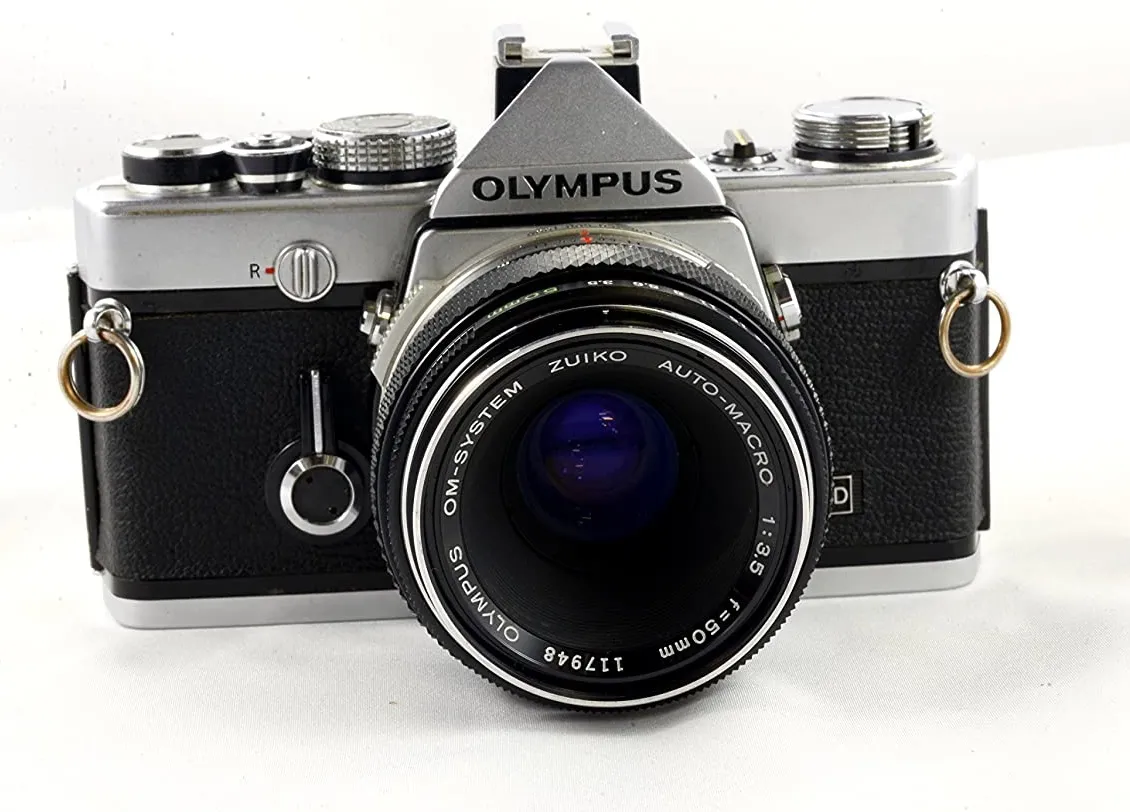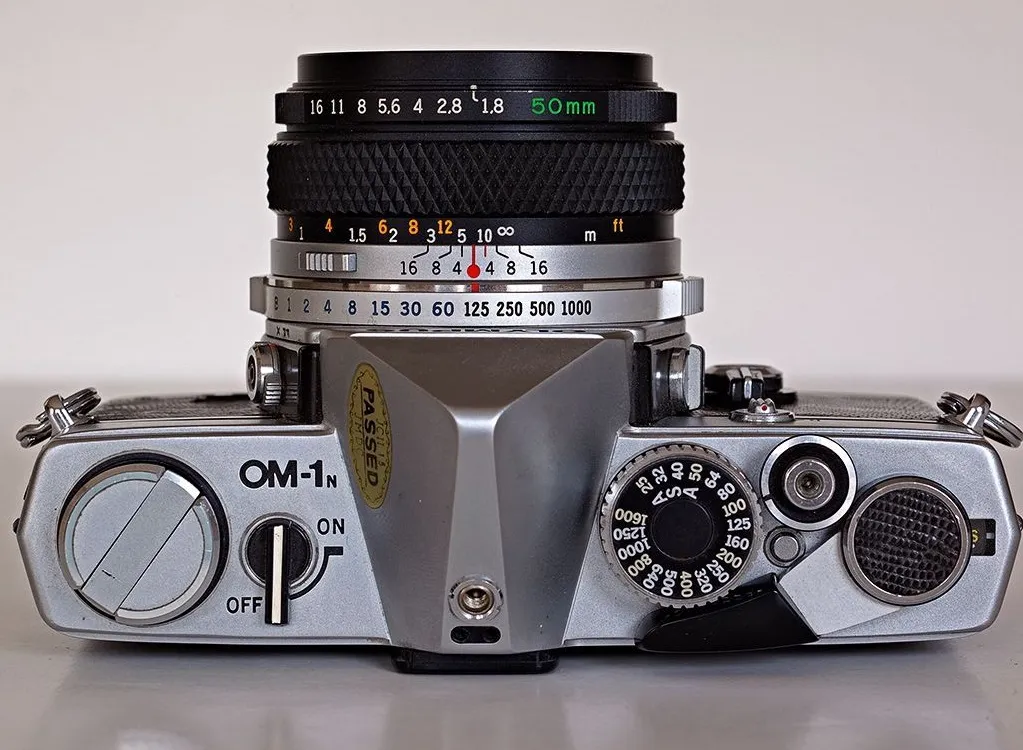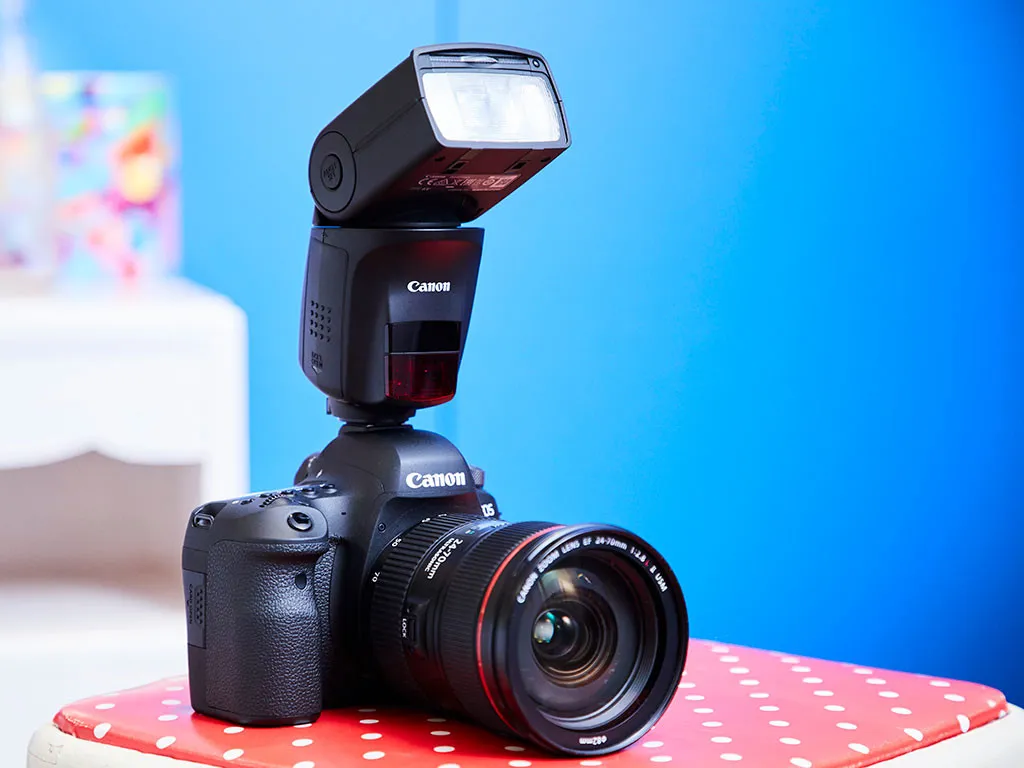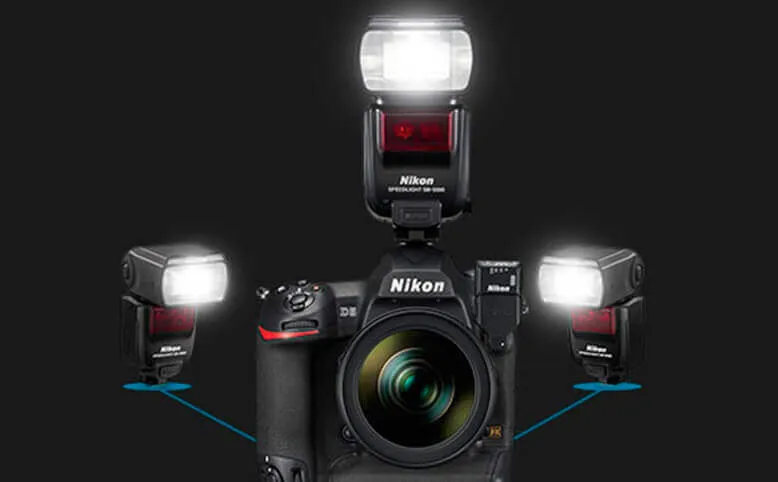Greetings to all! Today we want to share a brief history of the flash and its evolution through the years, mentioning its authors, types of flashes, compounds and more.
We all know that this tool is very necessary when it comes to obtain some kind of results in photography, for example when the sunlight is not enough, it is scarce or it is simply at night... for this we use the flash that we know but it was not always as easy as it is today.
Saludos a todos! Hoy queremos compartir una breve historia referente al flash y a su evolución a través de los años, mencionando sus autores, tipos de flashes, compuestos y más.
Todo sabemos que ésta herramienta es muy necesaria a la hora de obtener algún tipo de resultados en la fotografía como por ejemplo cuando la luz del sol no es suficiente, es escasa o simplemente es de noche... para ello usamos el flash que conocemos pero no siempre fue tan fácil como lo es en el presente.
The first uses of flash are known from the 18th century and they were flashes made with magnesium, a formula created by Adolf Miethe and Johannes Gaedicke who succeeded in creating a powder that created combustion in a short time.
For a time this method was used worldwide in photographic workshops, however the handling of this powder was very dangerous due to its high volatility and flammability.
Los primeros usos del flash se conocen desde el siglo XVIII y se trataban de flashes hechos con magnesio, fórmula creada por Adolf Miethe y Johannes Gaedicke quienes lograron crear un polvo que creaba combustión en corto plazo.
Durante un tiempo éste método se utilizaba a nivel mundial en los talleres de fotografía, sin embargo la manipulación de éste polvo era muy peligrosa por su alta volatilidad e inflamabilidad.
At the end of the 18th century, in 1890, the next step in the evolution of the flash would come. The French photographer and biologist Louis Marie-Augustre Boutan, a pioneer in underwater photography, was the first to take magnesium powder and seal it in a bottle in order to be able to take his shots underwater.
A finales del siglo XXVIII, en el año 1890 llegaría el siguiente paso para la evolución del flash. El fotógrafo y biólogo francés Louis Marie-Augustre Boutan quien es el pionero en la fotografía submarina, fue el primero en tomar el polvo de magnesio y encerrarlo herméticamente en una botella para poder hacer sus tomas debajo del agua.
20 years later the first electronic flash bulb based on magnesium filaments was created by Paul Vierkötter, but although the illumination was kept in a glass container, it was the result of an aggressive explosion.
By 1900 several companies, including General Electric and Phillips, marketed these single-use flash bulbs.
20 años después se crea la primera bombilla electrónica para flash a base de filamentos de magnesio por parte de Paul Vierkötter, sin embargo a pesar de mantenerse la iluminación en un recipiente de vidrio, ésta era resultado de una explosión agresiva.
Para el año 1900 distintas empresas entre las cuales están General Electric y Phillips, comercializaron éstas bombillas de flash de único uso.
In 1938 the electronic flash was introduced to the world by the American Harold Eugene Edgerton, one of the pioneers of this type of flash. It is composed of batteries or electric current, voltage booster, capacitors and a luminous tube with an ignition circuit.
This meant the end of the single-use bulbs at the time. However, the electronic flashes of that time had certain disadvantages since they did not work within 50 cm of the photographed subject and did not take into account the filter coefficient.
En 1938 llega al mundo el flash electrónico de la mano del estadounidense Harold Eugene Edgerton, uno de los pioneros de éste tipo de flash. Es Compuesto por pilas o corriente eléctrica, elevador de tensión, condensadores y un tubo luminoso con un circuito de encendido.
Esto para la época significa el resultado del fin de las bombillas de uso único. Sin embargo los flashes electrónicos de aquella época presentaban ciertos inconvenientes ya que no funcionaban a menos de 50 cm del sujeto fotografiado ni tenían en cuenta en coeficiente del filtro.
In 1945 the famous Olympus cameras arrived from the Japanese company, whose technical details were invented by Kurt Langnau and the Pentacon company, authors of the TTL (Through The Lens) measurement, who were forced to give them up due to the lack of appropriate electronic elements.
For this type of camera, the light is measured and measured from inside the camera and the analysis is performed on the film surface.
Para 1945 llegan las famosas cámaras Olympus de la sociedad Japonesa, cuyos detalles técnicos fueron invensiones de Kurt Langnau y la sociedad Pentacon, autores de la medida TTL (Through The Lens) quienes se vieron obligados a cederlas por falta de elementos electrónicos apropiados.
Para este tipo de cámaras la luz se mide y realiza desde el interior de la cámara y el análisis se realiza en la superficie de la película.
Finally, the era of digital technology arrived and with it came the digital flash, which, unlike film rolls, has reflective sensors, making the old TTL measurements obsolete.
New systems are incorporated for Canon cameras as E - TTL and for Nikon cameras the D - TTL, using a flash prior to the exposure that allow to calculate the power of the flash necessary to expose the subject correctly taking into account at the same time the amount of ambient light.
Para finalizar llega la era de la tecnología digital y con ella se hace presente el flash digital, que a diferencia de los rollos de película, ésta posee captores reflectantes, volviendo obsoletos las antiguas medidas de TTL.
Se incorporan nuevos sistemas para las cámaras Canon como E - TTL y para las cámaras Nikon el D - TTL, utilizando un flash previo a la exposición que permiten calcular la potencia del flash necesario para exponer correctamente al sujeto tomando en cuenta al mismo tiempo la cantidad de luz ambiental.
No olvides unirte a nuestra comunidad y compartir tus mejores fotos 📸


